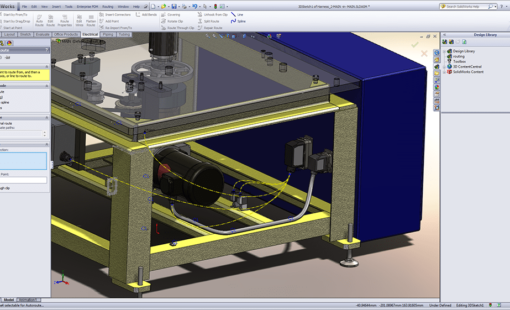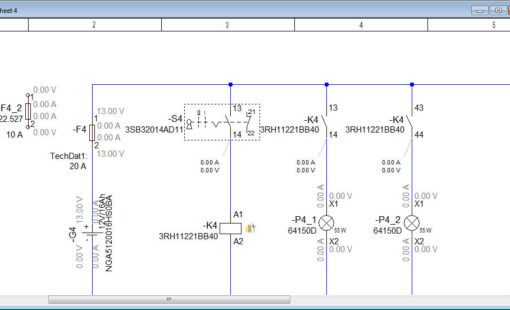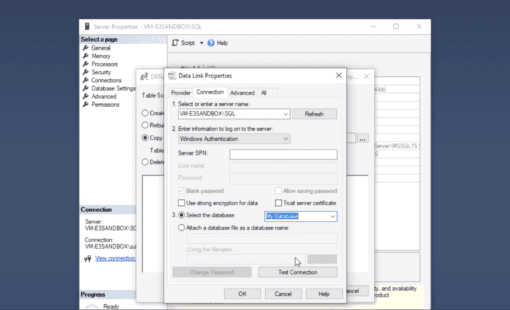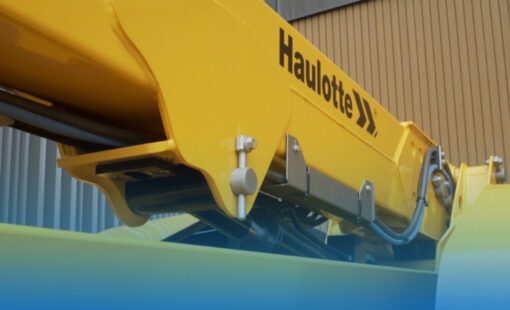While there is zero tolerance for error when it comes to getting things right in the electrical design process of complex aerospace projects, you will know that the reality is, failures can and do occur. It might be down to overrunning on an aspect of the project or a design fault.
Then you’ve got the task of rectifying this and getting your project back on track, which can be very time-consuming and risky. In this series of posts I am going to be looking at how engineers and project managers can deal with unexpected problems in the most efficient and time effective way. This is by no means a comprehensive view; it will simply touch on some of the key issues. I’ve also recently done a webinar on this topic, which is great to view to complement what I’m going to be talking about here on the blog.
Naturally, I’ve used our E³.series electrical design software as a case example, for more specific information about this ECAD solution click here.
Change as a result of failure – the impact
As you well know, with any good design process, analysis of potential failures or failure modes, are a prerequisite. You might do this by using Failure Mode and Effects Analysis (FMEA). For those unfamiliar with the concept, it attempts to prioritise the failures into how serious the failure is and the degree of impact the failure has. It also tries to predict the frequency of the failures and eliminate later detection during the manufacturing process.
Should a failure be detected, the team has to decide whether it is due to the design, manufacturing process, or fatigue. The priority should be that the design should not change, and if modification is necessary then the design should be amended in one place at any one time, to provide time to test and analyse the effect of the individual design change. That’s not because I’m a designer and biased, it’s for the reason that you don’t want a design to be manipulated in too many different places, because there is potential for failures to develop faster than you can detect them. This methodical approach ensures a more reliable product output.
How do you detect a failure during the manufacturing process?
One method is to use failure testing, which involves testing a product to destruction to ensure that it will not fail under extreme conditions, such as mechanical stress, temperature, vibration or electrical stresses. Then continual failure testing, even after a product is developed, ensures manufacturing processes are as optimal as possible and improves the product.
In the case of failure testing, when the product or a component fails, examination should reveal what caused the failure. This will help to improve not only the overall products reliability, but also improve the manufacturing process.
In my next post on this topic, I shall look at easy methods of failure resolution.
As I mentioned at the beginning, this is not a comprehensive look at how to deal with unexpected problems. Maybe you have a different perspective on detecting failures during the manufacturing process or an experience of a failure and how you identified it – please comment on this post and share your thoughts.
Related Products and Resources

- Products

- Products

- Products

- Products
E3.series is a Windows-based, scalable, easy-to-learn system for the design of wiring and control systems, hydraulics and pneumatics. The out-of-the-box solution includes schematic (for circuit and fluid diagrams), cable (for advanced electrical and fluid design), panel (for cabinet and panel layout), and formboard (for 1:1 wiring harness manufacturing drawings). Integrated with MCAD, E3.series is a complete design engineering solution from concept through physical realization and manufacturing output.




